As Australia waits for its national hydrogen strategy, mooted as the roadmap to potential $1.7 billion export industry, projects and research are gathering pace backed by grant funding.
The Australian Renewable Energy Agency (ARENA) has allocated $3.1 million funding for Toyota Australia to turn part of its decommissioned car manufacturing plant in Altona Victoria into a renewable energy hub to produce green hydrogen for transport.
The $7.4 million Toyota Australia Hydrogen Centre is part of a larger transformation planned for the former car manufacturing site, which was closed in 2017. The center will include solar PV and battery storage to cover the incremental energy requirements for the production of renewable hydrogen through electrolysis and utilization for both mobile and stationary applications.
The Hydrogen Centre will also include an education centre and Victoria’s first commercial scale hydrogen vehicle refueling station infrastructure on site to allow the refueling of hydrogen fuel cell vehicles. It will produce at least 60kg of hydrogen per day.
“Toyota is helping to pave the way for more renewably powered vehicles in Australia, where the uptake of electric vehicles has been slower than other countries,” ARENA Chief Executive Officer Darren Miller said, noting that the center would demonstrate hydrogen as a viable fuel source for transport and as an energy storage medium.
While hydrogen technology has been around for decades, large-scale applications have been exceptionally rare due to high costs and low efficiencies. In Australia, hydrogen has grabbed the limelight following a flurry of reports highlighting the nation’s potential to become the world’s largest producer and exporter of hydrogen produced by solar and wind powered electrolysers.
Recent reports by CSIRO, ACIL Allen Consulting for ARENA, Chief Scientist Alan Finkel and the International Energy Agency (IEA) preceded the COAG Energy Council’s decision to develop a national hydrogen strategy in close consultation with the industry and community by the end of 2019. Most studies cite demand from Japan and South Korea as a potential green hydrogen development driver.
On top of that, a few interesting projects have been recently initiated. The Australian Capital Territory has launched the nation’s first hydrogen testing facility with the goal to understand how green hydrogen produced from excess wind and solar energy can viably be used in existing gas networks. And gas infrastructure owner Jemena has embarked on a two-year project to generate hydrogen from renewables, inject it into existing gas network, and eventually deliver it to homes and businesses in Sydney.
“Right now, the biggest factor to the success of hydrogen being widely available is a lack of infrastructure. The sooner we move to a zero emission society the better, and Toyota is committed to making this a reality,” said Toyota Australia’s President and CEO Matt Callachor, noting that the Hydrogen Centre was a step towards the company meeting its target of zero emissions from sites and vehicles by 2050.
UNSW: Residential H2 storage for renewables
The greatest impediment to hydrogen adoption is high cost, and a team of researchers at the University of New South Wales (UNSW) says they have developed a unique system that provides cheap storage and transportation of hydrogen which they expect will provide a new alternative for energy storage within two years.
Their research, conducted in partnership with H2Store, has been underpinned with $3.5 million in backing from green investment outfit Providence Asset Group. The funding will help the team deliver phase one of a four-stage project that includes the creation of prototypes of their hydrogen energy storage solution for residential and commercial use, demonstration units, and testing and optimization that will enable full commercialization of the product.
Speaking about the first phase of the project, Professor Kondo-Francois Aguey-Zinsou said that he believed his invention would offer significant advantages over current power storage solutions for home solar systems, such as the Tesla Powerwall battery.
“We will be able to take energy generated through solar panels and store it as hydrogen in a very dense form, so one major advantage of our hydrogen batteries is that they take up less space and are safer than the lithium-ion batteries used in many homes today,” he said, noting that the system can actually store about seven times more energy than other that are currently available.
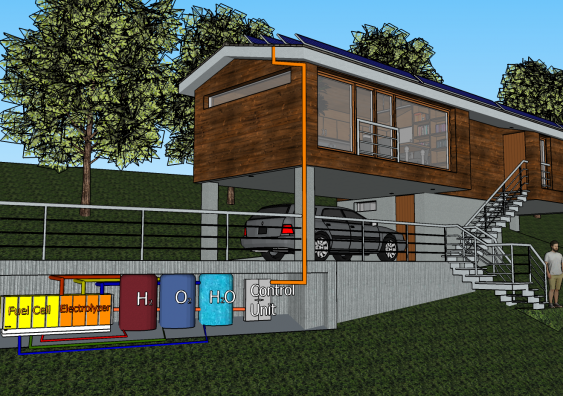
UNSW and H2Store’s solution is expected to offer other advantages as well, including a lifespan of about 30 years compared with under 10 for other systems and no fire risk. “This means that in a residential scenario, people will be able to store a lot more energy using the same footprint as Tesla batteries, to potentially power their home, charge their cars and still have excess to sell back to the grid,” Zinsou said.
The team hopes to have a 5 kW home storage system prototype ready by the end of 2019 and a product on the market late in 2020.
Meanwhile, the UNSW team is also busy working on a large-scale storage system for solar and wind farms that will include the design of storage vessels suitable for hydrogen export. These vessels are billed to have potential to replace diesel in remote generation and large transport applications.
“As an emerging renewable energy alternative, Australia has a real opportunity to lead to world in hydrogen storage, energy and transportation solutions,” UNSW Dean of Engineering Professor Mark Hoffman said. “This is a very exciting project and I am very grateful to Providence Asset Group for investing in the pioneering work being done at UNSW. I look forward to watching the developments over the next 12 months.”
Other universities across Australia are also looking for ways to tap hydrogen’s potential. A breakthrough was recently reported by Curtin University researchers using nanocrystals to convert solar energy into hydrogen, while the Queensland University of Technology has demonstrated the efficiency of a cobalt-nickel-gold system for electrochemical production of hydrogen, which could replace expensive, currently used materials.
This content is protected by copyright and may not be reused. If you want to cooperate with us and would like to reuse some of our content, please contact: editors@pv-magazine.com.
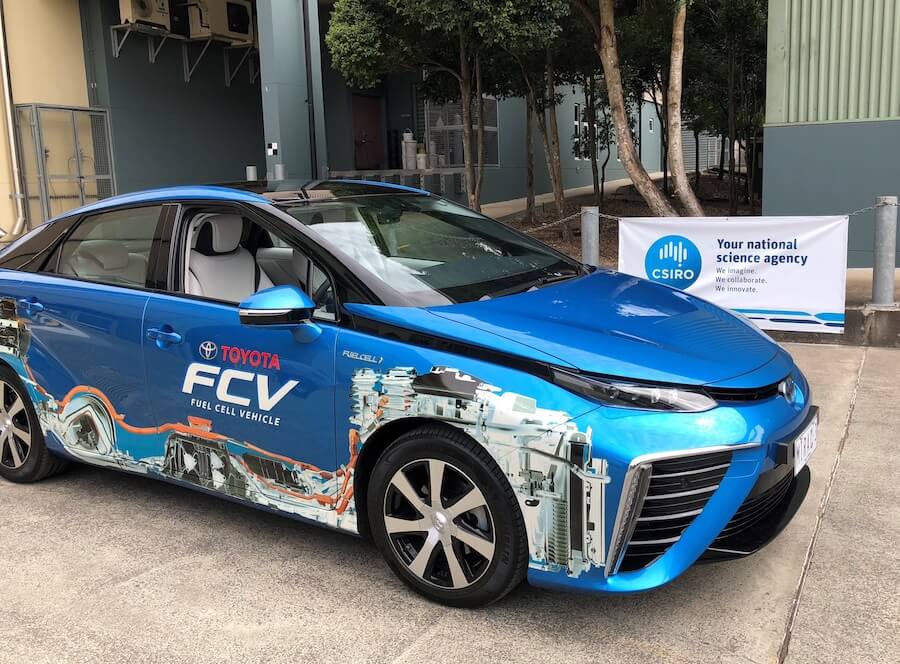
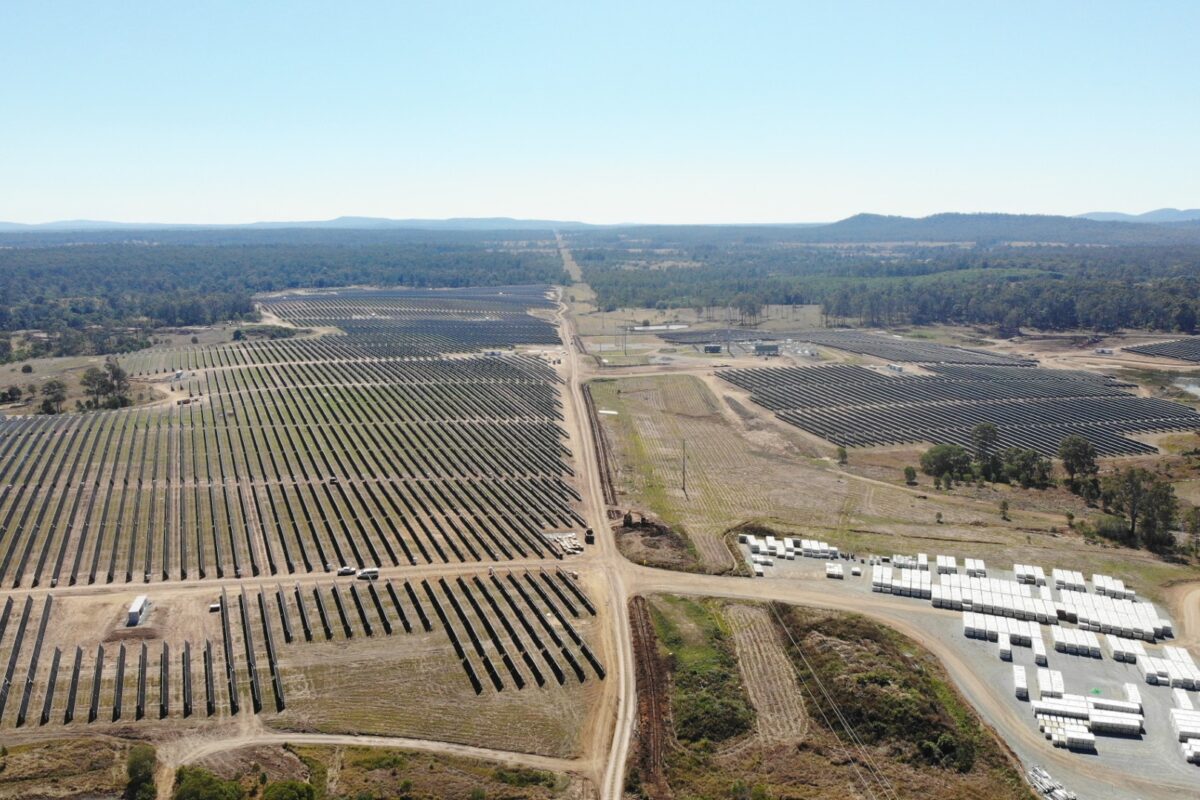


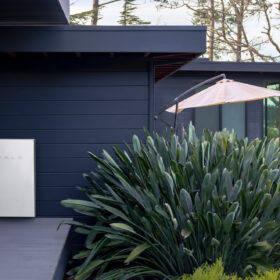
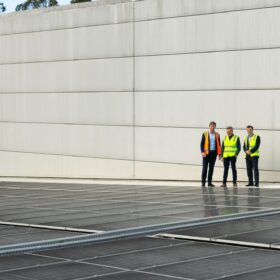

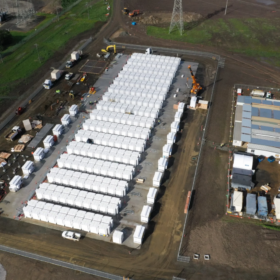
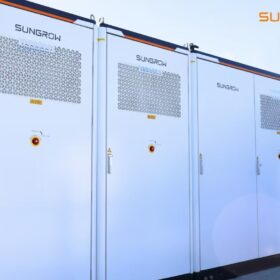
2 comments
By submitting this form you agree to pv magazine using your data for the purposes of publishing your comment.
Your personal data will only be disclosed or otherwise transmitted to third parties for the purposes of spam filtering or if this is necessary for technical maintenance of the website. Any other transfer to third parties will not take place unless this is justified on the basis of applicable data protection regulations or if pv magazine is legally obliged to do so.
You may revoke this consent at any time with effect for the future, in which case your personal data will be deleted immediately. Otherwise, your data will be deleted if pv magazine has processed your request or the purpose of data storage is fulfilled.
Further information on data privacy can be found in our Data Protection Policy.